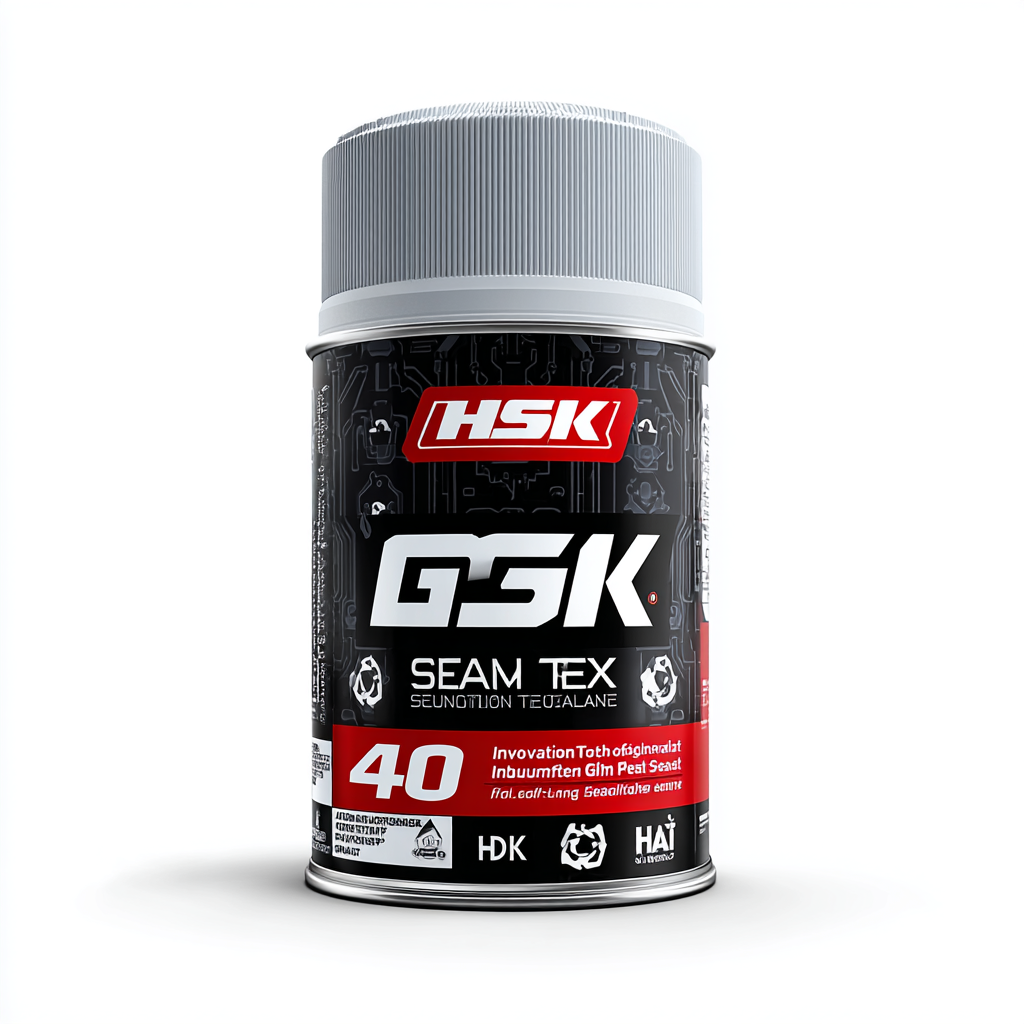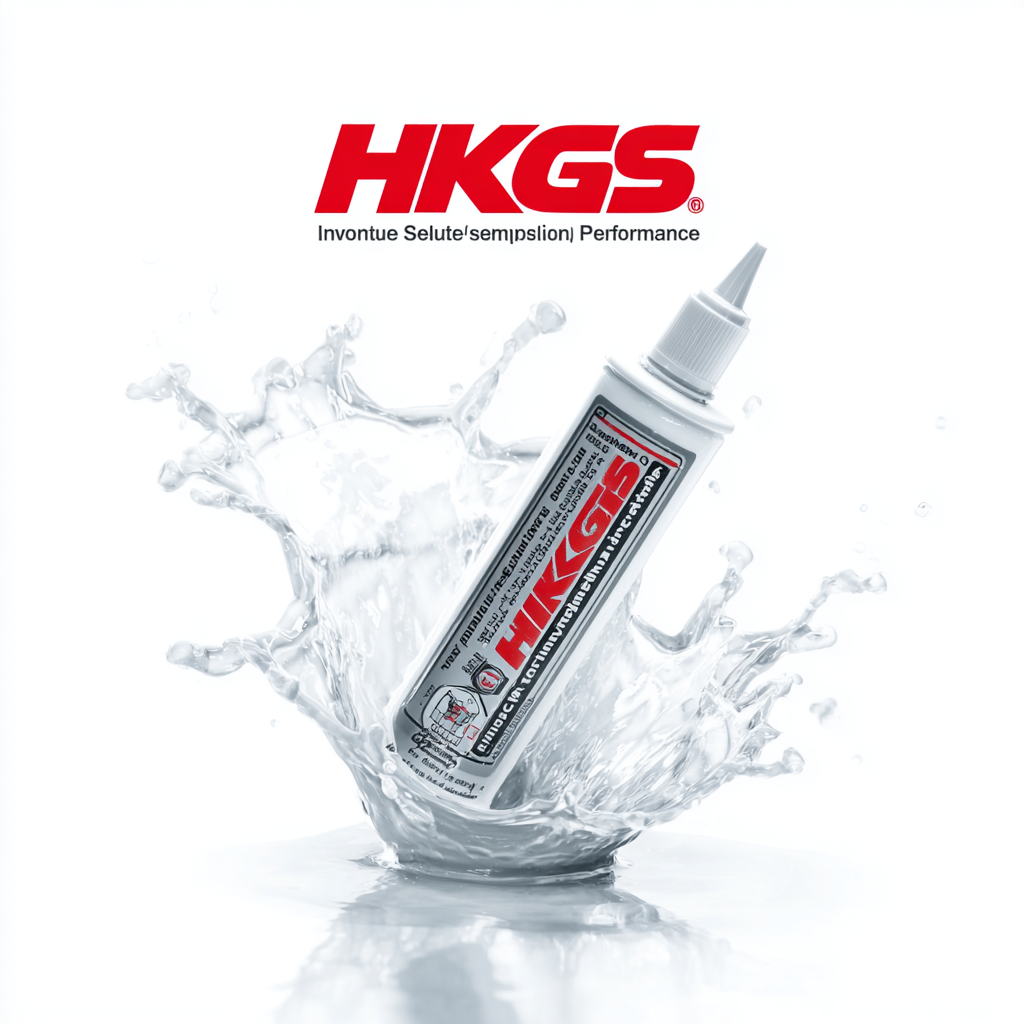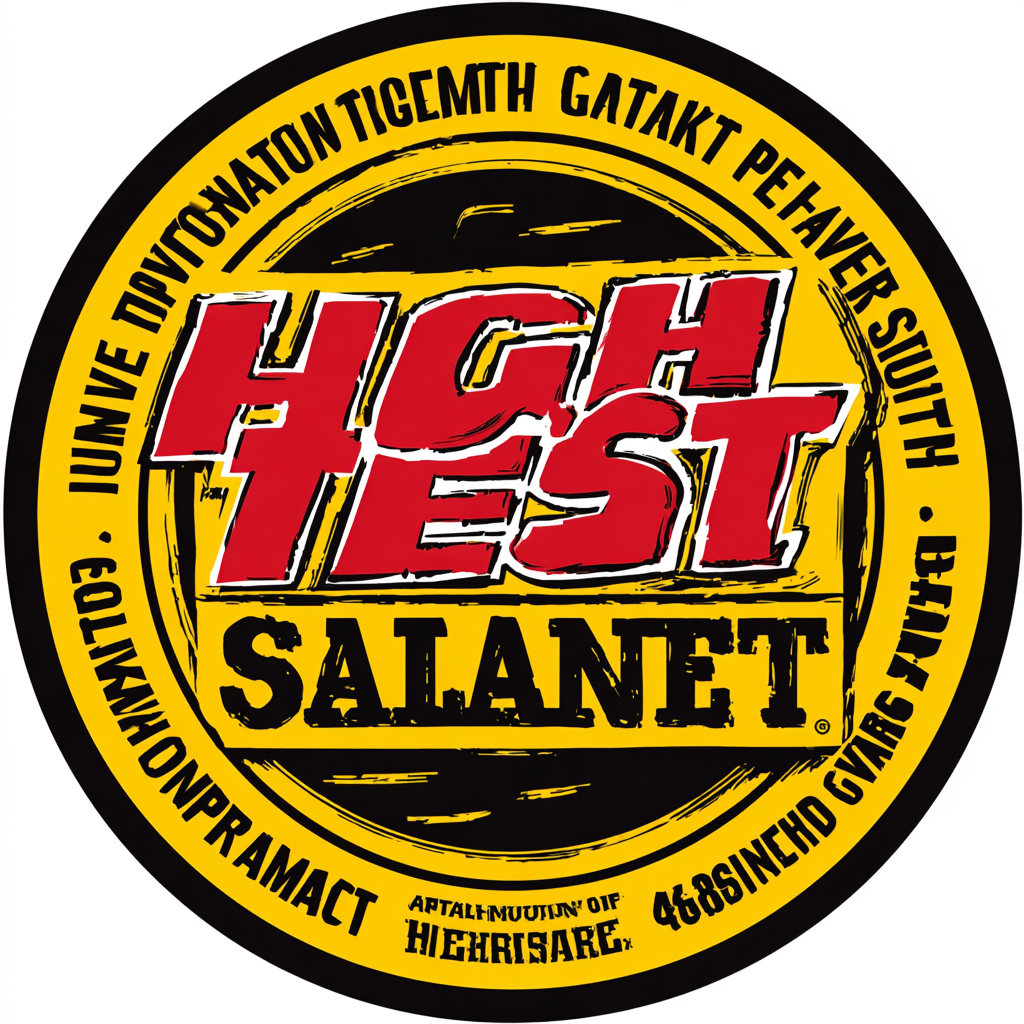In an era where industrial efficiency and durability are paramount, the performance of High Temp Gasket Sealant has emerged as a focal point for manufacturers across various sectors. According to a recent industry report by MarketsandMarkets, the global gasket market is projected to reach $6.5 billion by 2025, with a significant portion attributed to high-temperature applications in automotive and aerospace industries. As operational temperatures continue to rise, there is an increasing demand for advanced sealing solutions that not only withstand extreme thermal conditions but also enhance equipment reliability.

This blog will explore innovative approaches and cutting-edge materials that are shaping the future of High Temp Gasket Sealant performance, thus addressing the critical need for robust sealing solutions in high-stress environments.
High-temperature gasket sealants play a critical role in various industries, including automotive, aerospace, and power generation. According to a report by Research and Markets, the global market for high-performance sealants is projected to reach $7.9 billion by 2026, showcasing the increasing demand for reliable sealing solutions in extreme conditions. These sealants are designed to withstand temperatures exceeding 500°F (260°C), making them essential for applications such as engine components, exhaust systems, and high-pressure pipelines.
One exemplary success story is in the aerospace sector, where companies are using advanced high-temperature gasket sealants to improve the durability and efficiency of engine assemblies. A partnership between a major aerospace manufacturer and a sealant-producing firm led to the development of a customized gasket material that not only resists thermal degradation but also minimizes leakage under high pressure. This innovation not only enhanced the engine's performance but also contributed to a significant reduction in maintenance costs, showcasing the transformative potential of modern sealant technology in high-temperature applications.
| Application | Temperature Range (°C) | Sealant Type | Success Metric | Industry |
|---|---|---|---|---|
| Aerospace Engine | -60 to 150 | Silicone Gasket Sealant | Improved Reliability by 30% | Aerospace |
| Oil Refining Equipment | -20 to 260 | Graphite Gasket Sealant | Leak Rate Reduction of 25% | Energy |
| Power Generation | -40 to 300 | Fluoropolymer Gasket Sealant | Extended Maintenance Intervals | Utilities |
| Chemical Processing | -10 to 180 | Epoxy Gasket Sealant | 90% Reduction in Downtime | Chemical |
| Automotive Manufacturing | -30 to 210 | High-Performance Polymer Sealant | Customer Satisfaction Improved by 40% | Automotive |
In the realm of high-temperature applications, achieving optimal gasket sealant performance is crucial for preventing leaks and ensuring the longevity of mechanical systems. Recent studies indicate that improved formulations and innovative features are enhancing the effectiveness of these sealants. One standout feature is the incorporation of advanced filler materials. According to a report by the International Journal of Adhesion and Adhesives, the use of nanomaterials can improve tensile strength by up to 30%, significantly increasing the sealant's ability to withstand extreme conditions.

Another critical aspect is thermal stability. High-performance gasket sealants now often feature silicone or fluorosilicone bases, which can endure temperatures exceeding 300°C without degradation. The American Society for Testing and Materials (ASTM) has documented that the use of such materials can extend the lifespan of gaskets in industrial applications by more than 50%. Additionally, the introduction of fast-curing properties has revolutionized the installation process. Sealants that cure rapidly, often within 15 minutes, enable manufacturers to reduce downtime, enhancing productivity and operational efficiency in high-demand settings. These innovations collectively pave the way for superior gasket performance in an ever-evolving industrial landscape.
In many industries, the demand for high-temperature gasket sealants has grown significantly due to evolving operational challenges. For instance, according to a report by MarketsandMarkets, the global market for gasket sealants is projected to reach USD 5.3 billion by 2025, driven largely by the aerospace and automotive sectors. These industries require advanced sealants that can maintain integrity under extreme temperature fluctuations, ensuring safety and reliability.
Real-world applications highlight the benefits of innovative gasket sealant solutions. In the oil and gas sector, companies have started leveraging silicone and PTFE-based gaskets that exhibit superior thermal stability, reducing maintenance costs by up to 30%. Furthermore, a study by the American Institute of Chemical Engineers found that using high-performance gasket sealants in thermal power plants has minimized leak rates, resulting in energy savings of approximately 15-20%. As industries continue to push for efficiency, the integration of advanced sealant technologies remains a crucial strategy for enhancing performance while ensuring operational safety.
When it comes to high-temperature applications, the choice of gasket sealants can significantly influence both performance and longevity. One of the top reasons to choose high-temperature gasket sealants is their ability to withstand extreme heat without degrading. These specialized formulations are designed to maintain their integrity in environments exceeding 500°F, making them ideal for industrial machinery, automotive applications, and high-performance engines. Utilizing such sealants ensures a reliable seal that minimizes the risk of leaks and equipment failure.

Another compelling reason is their versatility in multiple applications. High-temperature gasket sealants can bond with various materials, including metals, plastics, and composites. This adaptability allows for their use in a wide range of industries—from aerospace to manufacturing—where different substrates are often encountered. Furthermore, these sealants often feature resistance to various chemicals and pressures, enhancing their effectiveness in challenging environments.
Lastly, investing in high-temperature gasket sealants can lead to substantial long-term cost savings. By providing a more reliable seal, these products reduce maintenance needs and downtime associated with leaks or failures. In the long run, they contribute to a more efficient operation, ensuring that critical machinery remains functional under demanding conditions.
In today’s industrial landscape, the choice of high-temperature gasket sealants can significantly influence operational costs and efficiency. According to a recent report by MarketsandMarkets, the global market for gasket sealants is projected to grow from $3.3 billion in 2021 to $4.3 billion by 2026, reflecting an increasing recognition of the performance benefits these materials provide in high-temperature applications. Utilizing advanced formulations, modern gasket sealants can withstand temperatures exceeding 1,200°F, thereby reducing the risk of equipment failure and associated downtime.
Moreover, implementing high-temperature gasket sealants not only enhances system integrity but also leads to substantial cost savings. A case study published by the American Society of Mechanical Engineers (ASME) noted that industries adopting high-performance gasket solutions reported a 20% reduction in maintenance expenditures and a 15% increase in operational efficiency. These savings stem from lower leakage rates, which minimize the need for frequent repairs and replacements. As companies strive to optimize their operations, investing in innovative gasket solutions is becoming a strategic priority for achieving long-term cost efficiency and reliability.
